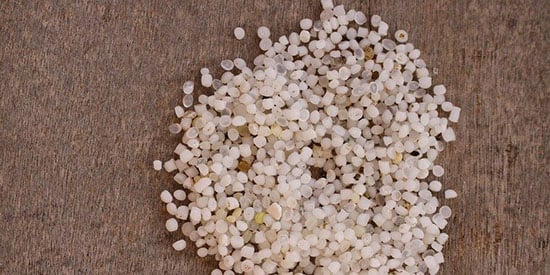Researchers helping to analyse plastic beads
Research news
Deakin University researchers are helping to analyse thousands of tiny plastic beads that have washed up on beaches around Warrnambool.
The plastic beads, known as nurdles, have washed up from Warrnambool to Port Fairy, with the heaviest concentration around Shelly Beach.
A massive clean-up operation is underway to remove the nurdles which are being taken to laboratories at Deakin University’s Warrnambool campus for analysis by a group led by Associate Professor Julie Mondon.
Lecturer in Aquatic Ecology at Deakin University’s Warrnambool campus, Dr Trish Corbett, said hundreds of thousands of the tiny plastic pellets had washed up on local beaches.
“They’re tiny but the problem is that different animals might think they are fish eggs and ingest them,” Dr Corbett said.
“If the nurdles are in the environment for long enough they accumulate contaminants which can leach back into organisms that ingest them.”
The Deakin team will separate the different nurdles and analyse them for contaminants.
“Most seem to come from the one location but there are others that appear to be from a different source,” Dr Corbett said.
Deakin University Life and Environment Science students have been helping local volunteer groups with the clean-up.
Associate Professor Mondon said nurdles were washing up on beaches globally. “It’s not a Warrnambool-specific issue and they can wash in on oceanic currents,” she said.
A worldwide research program called Nurdle Watch is helping to address the issue of nurdle pollution of the ocean and coastlines.
“Unfortunately Warrnambool now has experienced one such event,” Associate Professor Mondon said.
For some time Deakin researchers have been providing advice for community groups cleaning up plastic rubbish on local beaches.
Associate Professor Mondon said the clean-up effort in the wake of the nurdle infestation was a great example of the community taking ownership of its local beach and doing something to protect it.
Share this story

